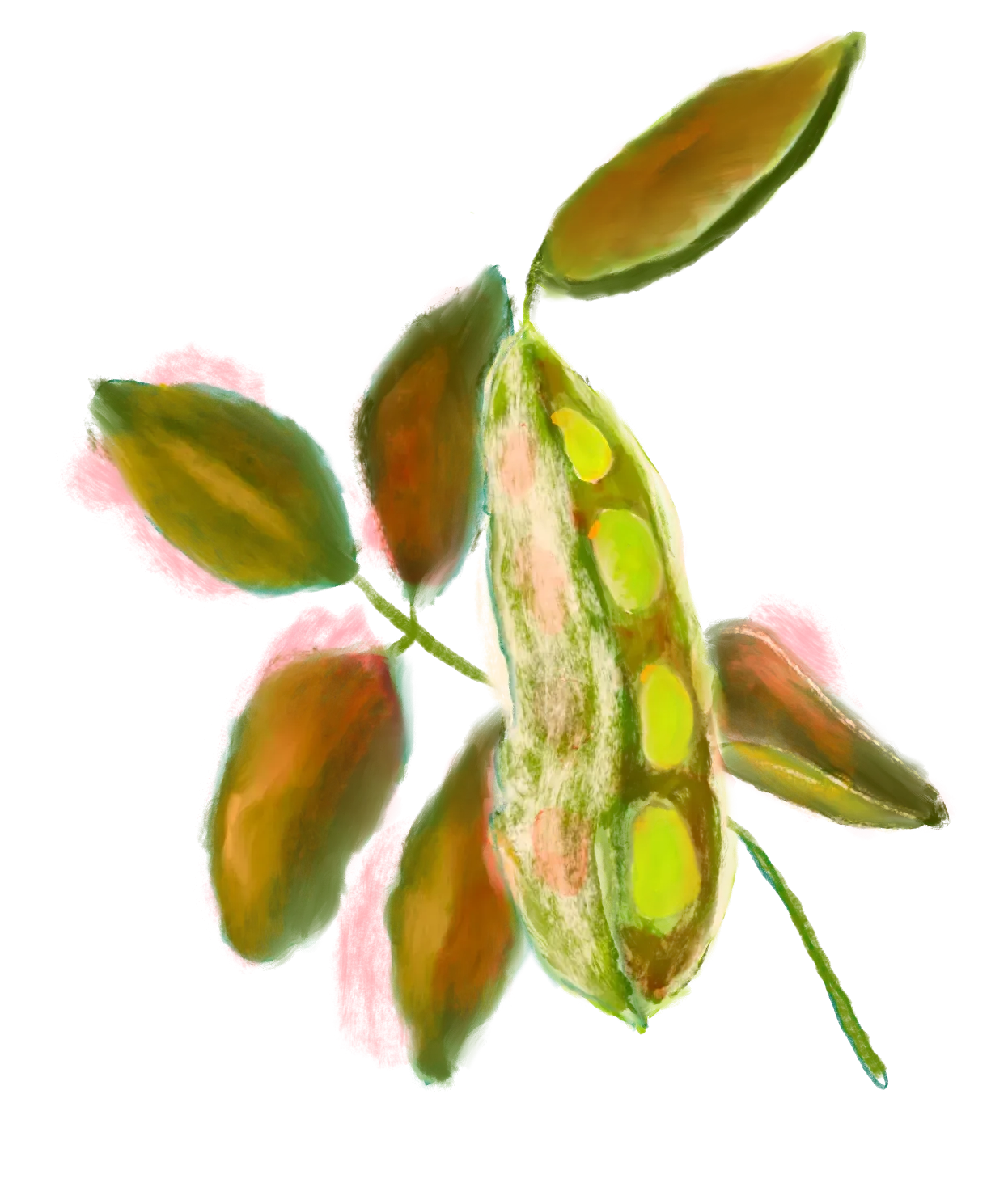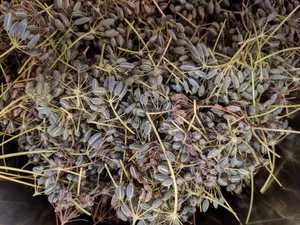In my first true year of gardening, I planted borage, nasturtium, and bachelor’s buttons among my vegetables. From there, I quickly fell in love with the vibrant range of colors bachelor’s buttons offer. They also attract beneficial insects to the garden and are exceptionally low maintenance. Plus, they’re edible, and the dark purple and black varieties can be used to create a beautiful botanical dye.
However, I was surprised to learn during my research that bachelor’s buttons can be invasive in certain regions. This revelation is particularly ironic, considering that the Invasive Species Council of British Columbia lists it as endangered in its native habitats in Europe.
Specifically, in the UK, cornflowers, which is another name for bachelor’s buttons, used to thrive in grain fields. However, herbicide applications and the removal of wild spaces around farms have significantly reduced their populations.
Since bachelor’s button plants readily self-sow and can survive in depleted soil, they have the potential to invade natural habitats across North America.a field of blue cornflower plants
Where is bachelor’s button invasive?
In some regions, these plants can aggressively outcompete native flora, leading to ecological imbalances. Here are some areas where Bachelor’s Buttons have overstepped their welcome:
- Washington State
- Eastern Oregon
- North Carolina
- West Virginia
- Georgia
- British Columbia
More details:
It’s on the “monitor” list for Washington state, and is prohibited in North Carolina. It’s on the state list of invasive species for West Virginia, Georgia and the region of Eastern Oregon.
What should you do if it’s in your garden?
Since they are annuals, preventing them from self-seeding is key. Here’s what you can do:
- Early Removal: Cut back plants before they flower or harvest them for bouquets.
- Close Monitoring: If you live near an area where they are invasive, keep a close eye on your plants.
- Harvesting: Regular harvesting can help keep them in check.
If you live in a state where it’s listed as invasive, obviously you should remove it. Luckily bachelor’s button is an annual, so all you’ll need to do is not let the flower go to seed. Pick them all for a bouquet or cut them back before they even flower.
If you live in a state where it’s not listed but you’re in a neighboring state, follow the lead of Washington State and go into “monitor” mode.
If you notice your bachelor’s button plants self-sowing on its own - either germinating in the fall and overwintering or sprouting in the spring - that’s a sign that the plant has started to become a little too comfy in your garden.
In my garden, the plant does not self sow. Part of this might be because I harvest it pretty intensely for dye projects, adding to salads, or bouquets. The other part of this might just be that my winters are too cold for the seeds to survive.
Now that I know they can be invasive, though, I will practice cutting them back to ensure they don’t become an issue.
What can I grow instead of bachelor’s button?
The ISCBC recommends these alternatives to bachelor’s buttons:
- Blue flax (Linum lewisii)
- Bluehead gilia (Gilia capitata)
- Nodding onion (Allium cernuum)
- Purple coneflower (Echinacea purpurea)
- Showy daisy (Erigeron speciosus)
Other options include:
- Wild Bergamot (Monarda fistulosa)
- Smooth Blue Aster (Symphyotrichum laeve)
- Blue Beardtongue (Penstemon nitidus)
- Alpine Aster (Aster alpinus)
- Meadow Blazingstar (Liatris ligulistylis)
- American basketflower (Centaurea americana): Native to Southern Central and Southwest United States
Reflecting on Bachelor’s Buttons: Love ‘Em or Leave ‘Em?
So, here’s the thing about bachelor’s buttons—they’re like that friend who’s super fun at parties but sometimes overstays their welcome. Gorgeous, low-maintenance, and they come in colors that coordinate with any garden. But they can also get a bit too comfy and start taking over your garden (and the neighbor’s garden, and the field down the road… you get the idea).
If you’re all about those vibrant blooms and don’t mind a bit of extra garden patrol, then go ahead, plant away - so long as you don't live in an area where it is invasive! Just remember to keep an eye on them and maybe have some clippers handy. Early removal and regular harvesting can be your best friends here.
But if the thought of managing an over-enthusiastic plant stresses you out, there’s no shame in calling it quits and opting for some equally stunning, but more ecologically sustainable alternatives. Think blue flax or wild bergamot—they may be "square" but at least they contribute to a more balanced landscape.


